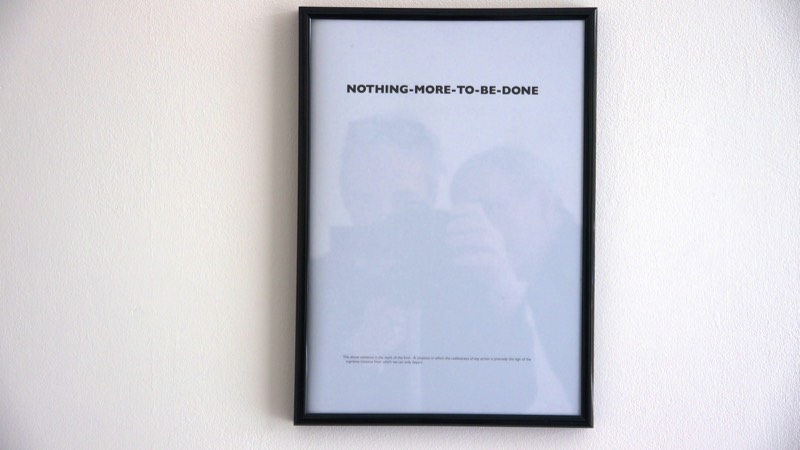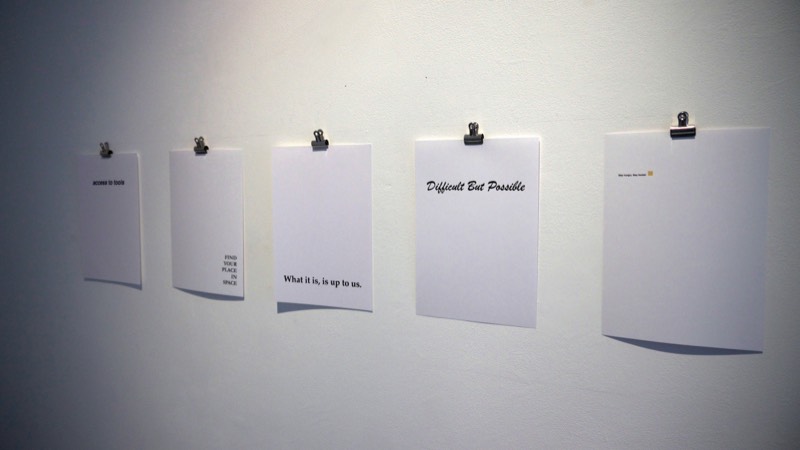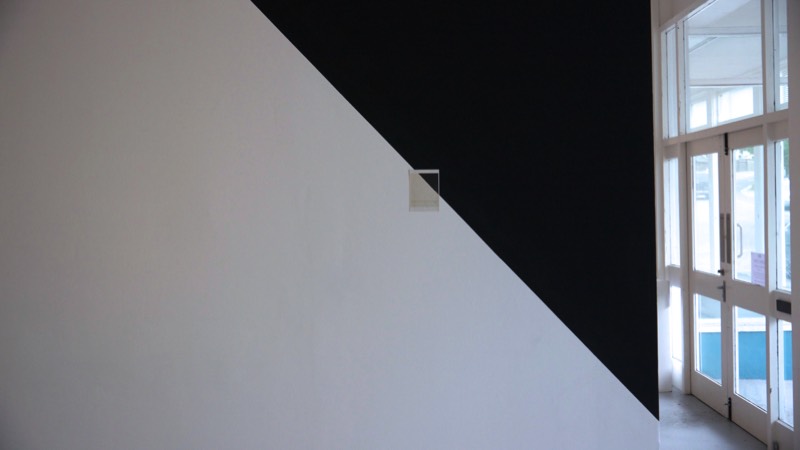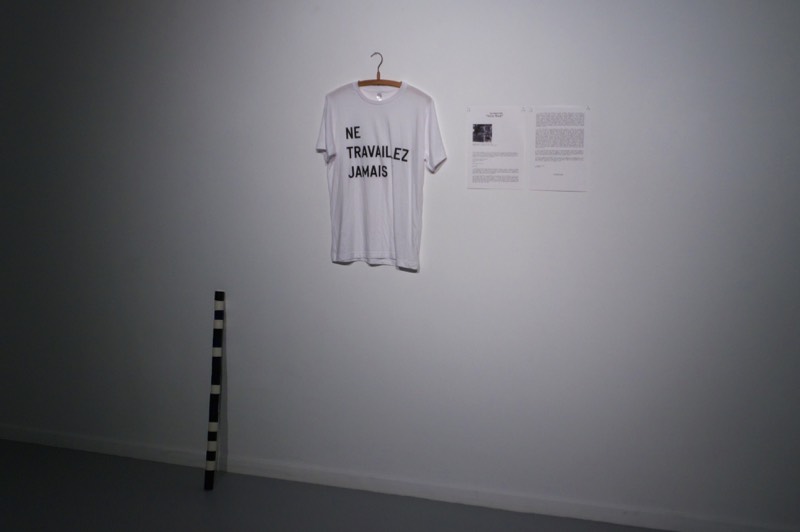
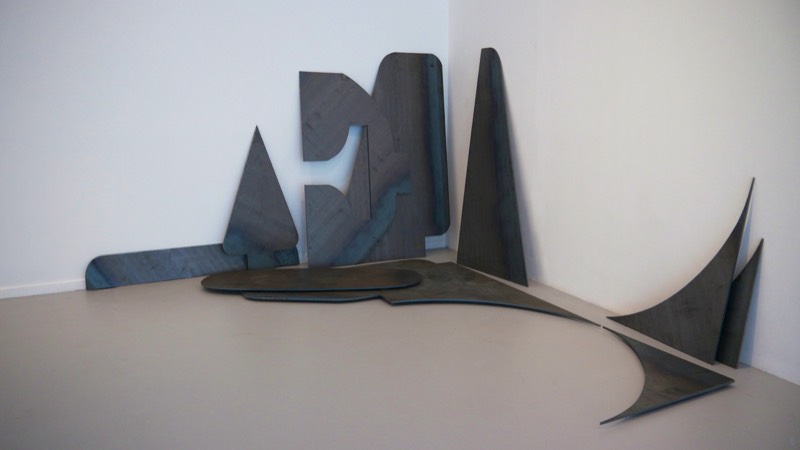
The Remnants of Love ( after Robert Indiana) 2013, Cortex steel, 2.8 x 3.5 x 3.8m
Central to Walker and Walker’s exhibition ‘In the air’, is a large sculptural work ‘The Remnants of Love’. It consists of metal offcuts of the negative spaces which surround the individual letters of Robert Indiana’s iconic LOVE sculpture. Consisting of large slabs of steel stacked on top of each other, leaning against the wall, it is a memorial of sorts yet it speaks of the incommensurability of memory. Chaotic in its appearance, making concrete the necessary support to articulate the word which would have been previously discarded or unappreciated, left as a residue in a workshop, it possesses an ambiguous materiality between melancholia and affirmation.
Central to Walker and Walker’s exhibition ‘In the air’, is a large sculptural work ‘The Remnants of Love’. It consists of metal offcuts of the negative spaces which surround the individual letters of Robert Indiana’s iconic LOVE sculpture. Consisting of large slabs of steel stacked on top of each other, leaning against the wall, it is a memorial of sorts yet it speaks of the incommensurability of memory. Chaotic in its appearance, making concrete the necessary support to articulate the word which would have been previously discarded or unappreciated, left as a residue in a workshop, it possesses an ambiguous materiality between melancholia and affirmation.
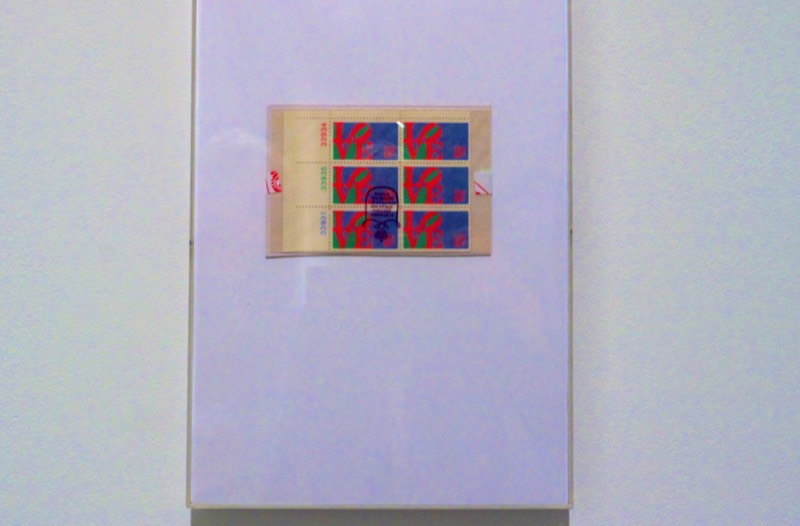
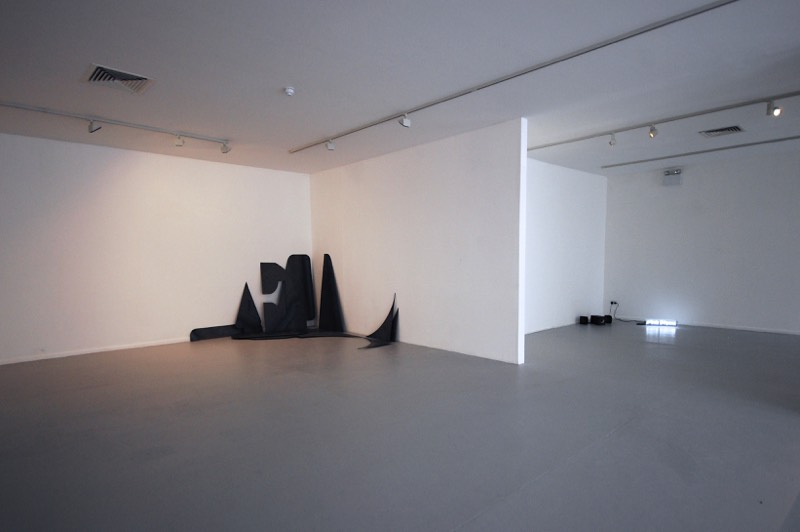
A neon work ‘Something in the air’ is written backwards, so it becomes legible only as a reflection in the window of the gallery. Taken from a popular song by Thunderclap Newman, which spoke of the cultural, political and social narrative of the 1960s, the phrase appears suspended, hovering in the street beyond the gallery, propositioning the viewer to evaluate our present position, asking what is the current narrative?
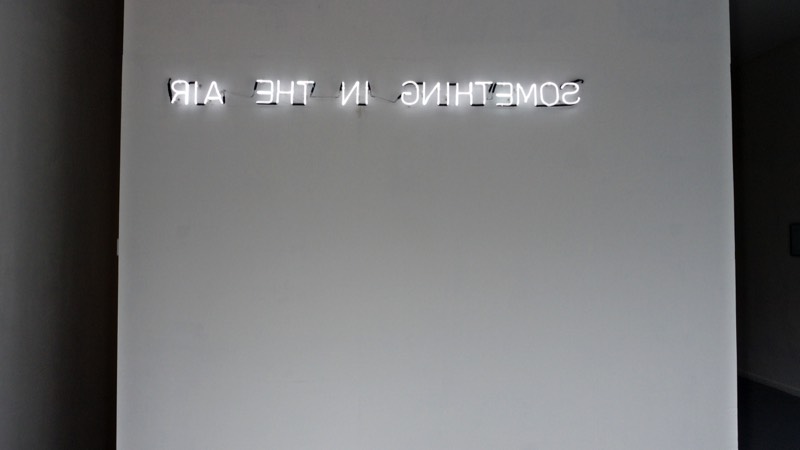
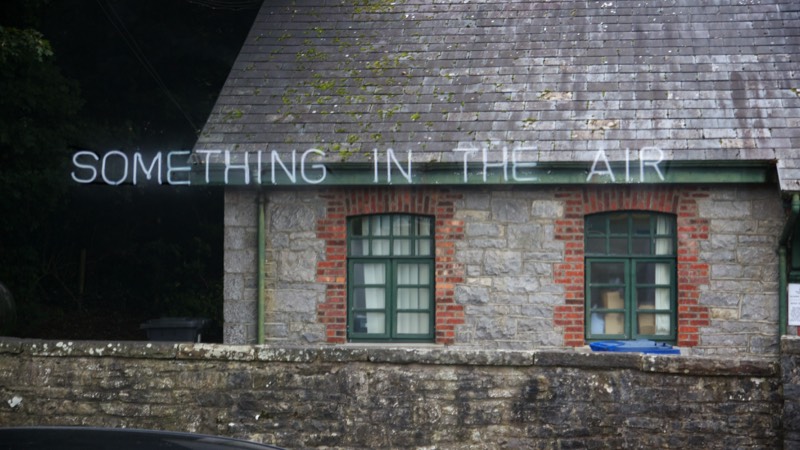

‘Between i and f’ is hung in a semi-darkened room where an audio work ‘Proposition’ plays, an account of Steward Brand, the editor of The Whole Earth Catalog telling of how following a premonition on LSD in 1964, he proposed that NASA and the Russians should turn the cameras onboard their missions into space back on the Earth and show for the first time an image of this world to ourselves. Believing it would create political change, “If only we had a photograph, a colour photograph of the Earth...” Brand made badges and posters, asking why this image had not been made. The subsequent photos of the Earth can be linked to ecological movements such as Earth Day and the rise of global awareness.
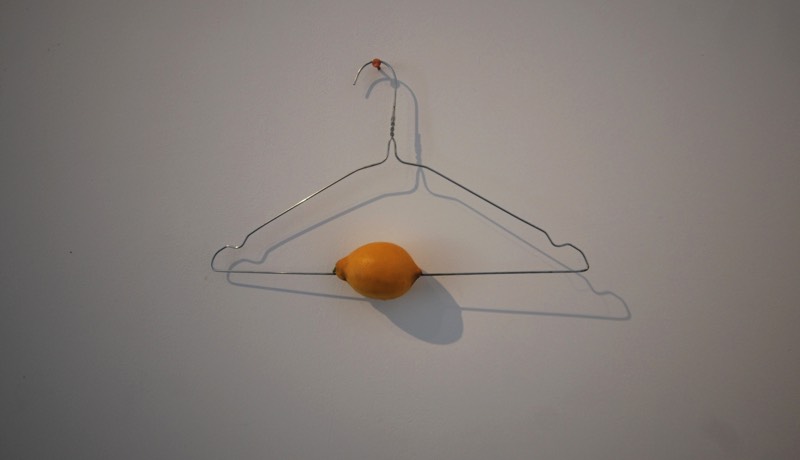
Throughout the exhibition a series of small metal wall sculptures based on conjunctions, prepositions and verbs; ‘Between d and o’, ‘Between i and s’, ‘Between i and t’, Between o and r’, Between t and o’ are articulated by making positive the negative space between the letters of these words. Creating micro circular narratives within these potential propositions, they are placed according to the concerns generated by the different works in the exhibition.
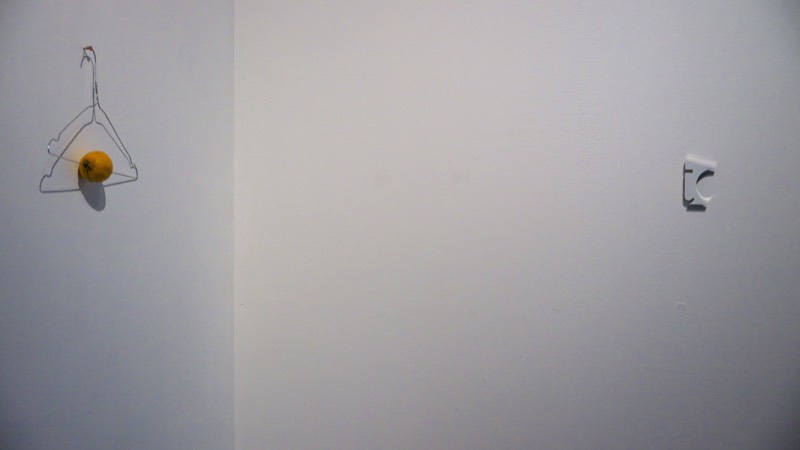
‘Portrait of Virgil Gus Grisham’ and 'Between t and o'
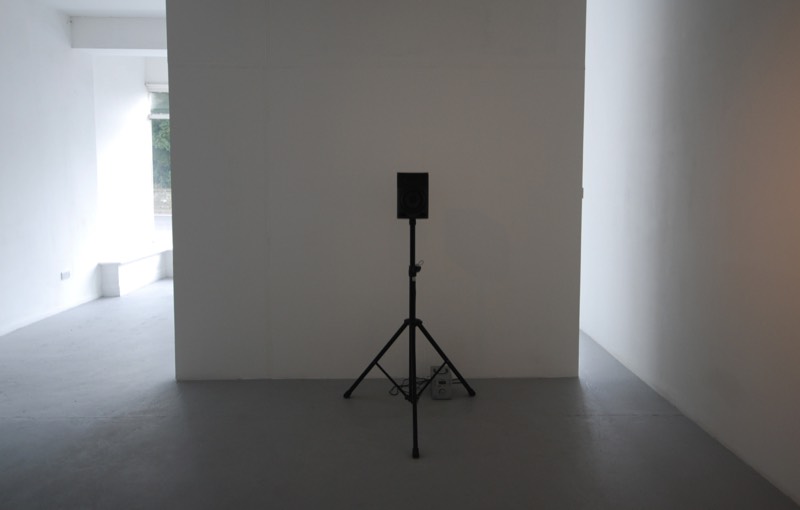
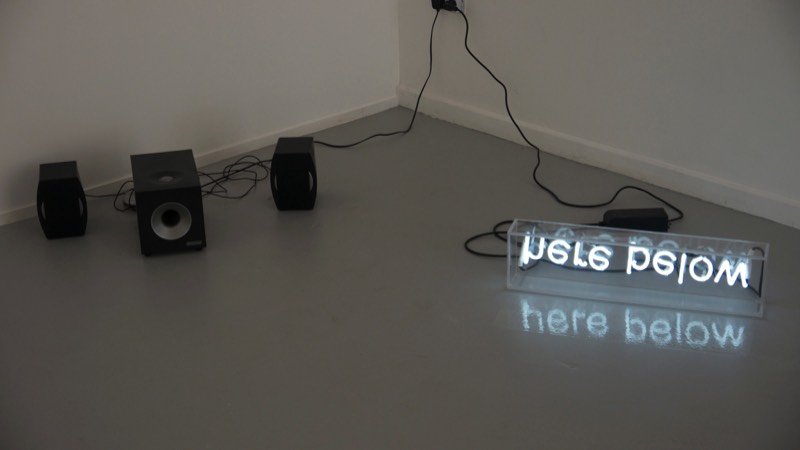
A lemon hangs on a coat hangar, as a ‘Portrait of Virgil Gus Grisham’ the outspoken astronaut, articulated through an action he made at an unauthorised press conference as a means to critique the space program. On the floor in the same space ‘Here below’, a neon work of these words written upside-down so they are only legible as a reflection on the ground. Pushing against the physicality of the gallery, it references our relationship to the skies and positions us bounded by our feet and actions on the ground.
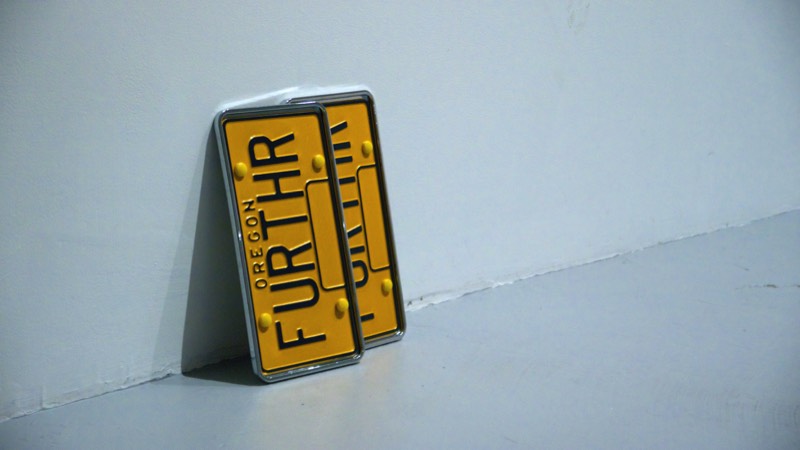
Throughout the event of the exhibition Walker and Walker used the print workshop 'Nothing more to be done' at the Centre to make a series of prints and posters addressing these concerns and propositions, creating a workshop in one space in the gallery. This area included the remnants of works from former exhibitions of the Walkers.
